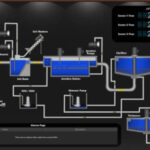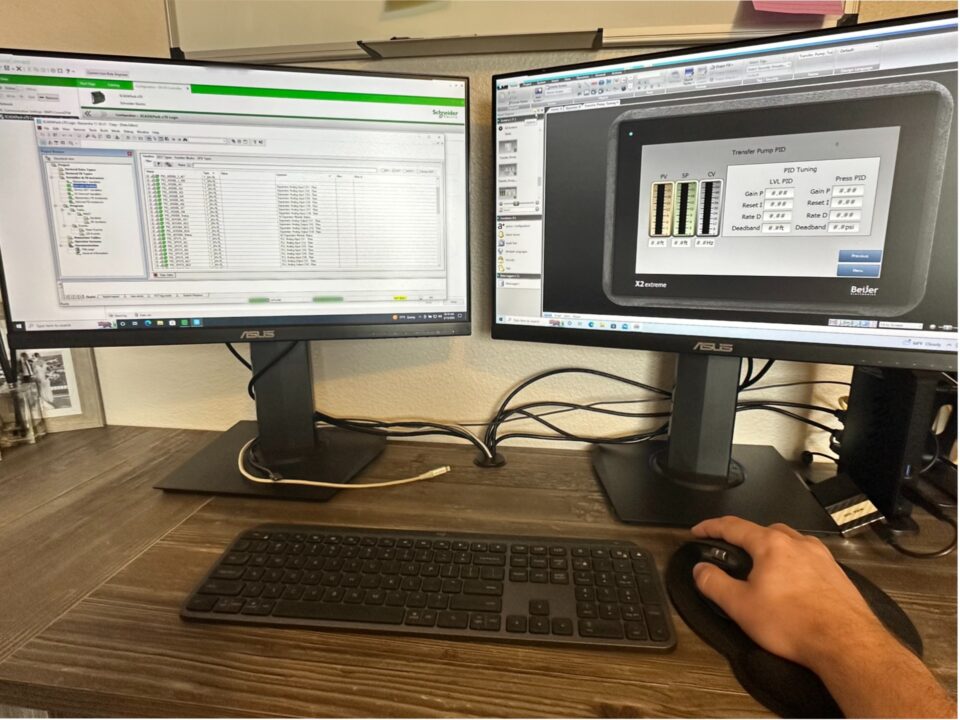
Case Studies: How SCADA And Data Improves Business Decisions
October 1, 2021
Checklist: Ensure Your Equipment Is Ready For The Cold!
October 22, 2021Quick and Low-Cost Tips For Winterizing Your Industrial Facility
Cold temperatures are fast approaching, and industrial facilities are not immune to winter-caused damage. Plants that are not adequately prepared are at risk for costly downtime and production loss. If you own or operate an industrial facility — especially one that’s exposed — then it’s time to get moving!
Preventive measures must be taken before the onset of subzero temperatures to protect your profit margin and minimize winter-caused damage. We recommend that you start preparing now to ensure minimal disruptions and loss of production.
Read on for our quick and low-cost winterizing tips.
1. Point Your Breather Plugs Down
Breather plugs prevent pressure buildup as your industrial equipment expands and contracts while exposed to temperature fluctuations. Control valves and pressure regulators are susceptible to freezing up; to prevent moisture from entering the control valve, point the breather plug down or downwind.
2. Replace Pneumatic Equipment with Electric Devices
Does your pneumatic equipment give you trouble by freezing up during the winter months? Consider replacing them with electric devices; they are much less vulnerable to the cold.
Pneumatic devices are operated by gas or compressed air. Unfortunately, the gas is often filled with humidity and moisture. In chilly conditions, this forms ice, which quickly affects the operation of the device. By swapping out your pneumatic equipment with electric devices, you can ensure your production operations will run smoothly all year long.
Read Alternative Options For Pneumatic Venting to learn more.
3. Control Panels that House VFDs Should have Internal Heaters
Variable frequency drives (VFDs) are controllers that power an electric motor by modulating the frequency and voltage of its power supply. If you already have heaters installed in these units, make sure they are working correctly (they are likely on a thermostat). If you don’t have a heater installed, read the specs on the VFD to make sure it’s operating in the specified temperature range.
4. Consider Putting Desiccant Packs in Your Control Panels
Desiccant packets typically contain silica gel or bentonite clay, which can assist in regulating moisture and humidity levels. Placing desiccant packs in your control panels helps with moisture-wicking and keeps everything dry and less vulnerable to freeze-ups.
5. Open Air Injection Wells Should be Heat-Traced and Insulated
Injection wells are used to deposit fluids underground. During the winter months, open air injection wells should be heat traced and insulated to protect your production rate and prevent the equipment from freezing up.
Low-Cost Preventive Maintenance Options For the South (USA/Texas)
Do you live in the southern region of the USA? If so, I’m sure you remember the big Texas Freeze earlier this year!
Here are some quick and easy things you can do to help avoid downtime this winter:
- Protect your valves with insulation covers.
- Place desiccant packets inside transmitters and/or junction boxes to absorb moisture buildup (this is beneficial in both hot and cold humidity to avoid corrosion and freeze-ups).
- Blow out pneumatic lines (safety systems and control valves).
- Blowdown your scrubber systems.
- Consider heat tracing crucial control and flow lines
Crossroad is Here to Help
Winterizing your industrial facility is a relatively straightforward process when you have the correct information and resources. To stay competitive and profitable, your company must continue to operate smoothly during the winter months.
Our team has the experience and industry knowledge to ensure your equipment will provide superior function in even the harshest climate conditions. We even offer 24/7 emergency callout support!
The best time to prepare for the cold is now. We invite you to click here or to call us about your facility’s needs at 877-872-0222.


